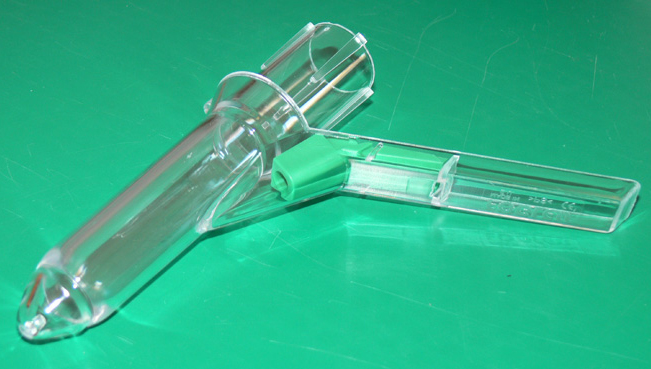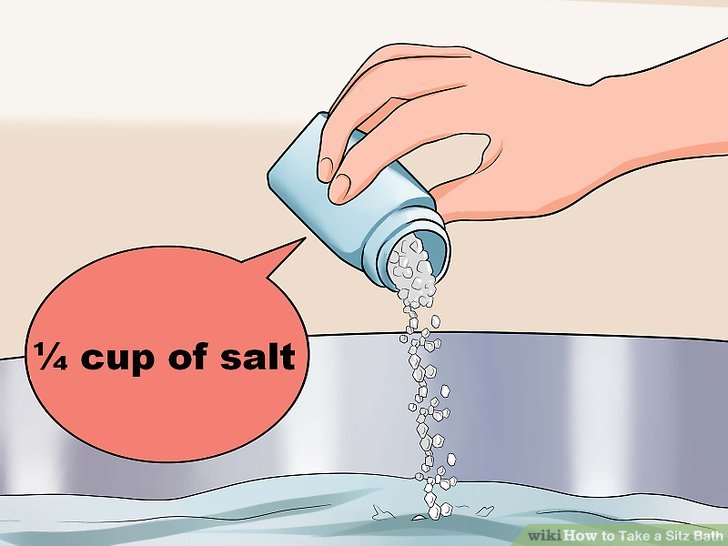Hemorrhoids or piles also called as
What are the symptoms of hemorrhoids?
- Painless rectal bleeding
- Itching around the anal canal
- Lump protruding out of the anal canal
- Serous or purulent discharge
- Sore and redness of the perianal skin
- Painful defecation, and
- The sense of incomplete evacuation after defecation
What may cause hemorrhoids or piles?
The following are the ten important risk factors that may make a person prone to develop hemorrhoids:
- Chronic constipation
- Straining while defecation
- persistent diarrhea
- Pregnancy
- Obesity
- Low fiber diet
- Sitting in a squatting position for a long time
- Chronic liver disease
- Inflammatory bowel diseases like ulcerative colitis and Crohn’s colitis, and
- Cancers of the rectum and anal canal.
What are the different stages of hemorrhoids?

Hemorrhoids are traditionally divided into four different stages:
- Stage 1: In this stage, there is only venous dilation. The patient may have discomfort while defecation or may notice blood in the stools.
- Stage 2: The dilated veins in this stage may protrude out of the anal canal during defecation and spontaneously get inside after defecation. The patient may also have bleeding, perianal itching or sense of incomplete evacuation.
- Stage 3: The third stage is characterized by protrusion of the veins out of the anal canal during defecation. However, these dilated venous channels remain outside of the anal canal unless they are pushed manually. Patients may notice blood in stools, redness, soreness, itching, and sense of incomplete evacuation after defecation.
- Stage 4: In the last stage, the patient may become very symptomatic. The piles remain outside of the anal canal and can not be pushed inside manually. At this stage, the piles may become infected, thrombosed and may bleed heavily.
How to diagnose Hemorrhoids (piles)?

To diagnose hemorrhoids, your doctor will ask about the local symptoms as mentioned above and symptoms suggestive of anemia like headache, palpitations, shortness of breath and pallor.
The doctor will examine you. Examination includes local examination of the anal area, examination with a gloved finger and proctoscopy.
- The local examination may be diagnostic in fourth-degree hemorrhoids. It may also reveal local redness and skin excoriation.
- Examination with a gloved finger is required to look for blood, anal tone, and tenderness or pain (usually not a feature of hemorrhoids and is always present in patients with anal fissure).
- Proctoscopy is an examination of the anus with a device that is inserted into the anal canal. This allows the doctor to diagnose and visualize the location of hemorrhoids. The doctor may also perform band-ligation with the help of the proctoscope and the hemorrhoidal rubber band ligator or gun.
How to prevent and treat hemorrhoids without consulting a doctor?

These steps might help some patients but patients who have third or fourth degree hemorrhoids and those who are actively bleeding should always consult a doctor. Furthermore, these simple daily changes in lifestyle may be used concomitantly with the medications for best results.
- Eat a normal and healthy diet. Avoid junks and do not take soft and liquid diets, grain diets or soup diets. Do not eat too less. Have a wholesome meal and eat enough to make bulk. Do not skip your meals. Eating less or liquids will reduce the bulk and will lead to constipation.
- Avoid white bread, bananas, milk, cheese, meat, and other processed foods.
- Get enough sleep. Set your routine and wake and sleep early. Make a routine to empty your bowels every morning.
- Increase intake of fiber and water. Drink at least two to three liters of water daily.
- Start doing some exercise but avoid weight lifting and straining. Straining increases the venous pressure and may make your condition worse.
- Do not use perfumed toilet papers or suppress natural urges like urination and defecation.
- Do not indulge in wrong sexual practices.
- Sitz bath with lukewarm water. Sit for about 15 minutes in warm water (avoid hot water) daily. This relaxes the anal sphincter, relieves inflammation and reduce the swelling.
Medical treatment of hemorrhoids

Medical treatment may be effective in the very early stages of
- Laxatives or stool softeners: Constipation may make things worse. Laxatives and stool softeners should be taken while dietary fiber ingestion should also be increased. Some laxatives commonly used are lactulose, lactitol, sodium
picosulphate , bisacodyl and stimulant laxatives. - Various topical creams containing steroids and nanotherapeutic agents are available in the market that may help reduce inflammation and improve the symptoms.
- Rubber band-ligation may be applied by the doctor in the clinic. Tight bands are applied around the hemorrhoids that stop the blood supply and ultimately leads to necrosis and sloughing-off of the dilated veins, curing it.
- Laser coagulation of the vessels and sclerotherapy may be used but is considered to be less effective than band ligation.
- The final treatment is surgery. Hemorrhoidectomy is reserved for patients with very large hemorrhoids or internal hemorrhoids that bleed. During surgery, the excess hemorrhoidal tissue is excised curing the condition.